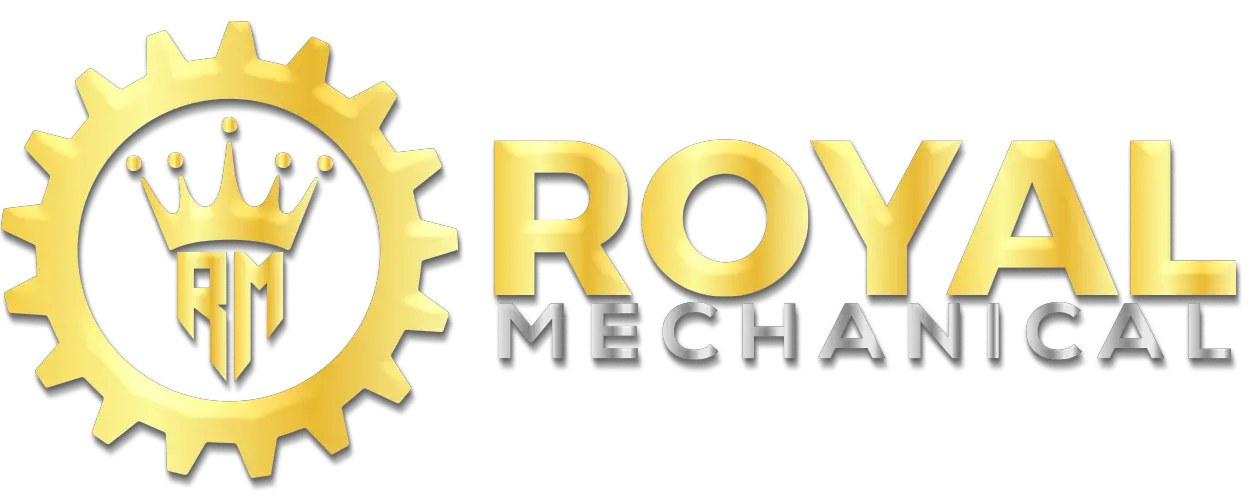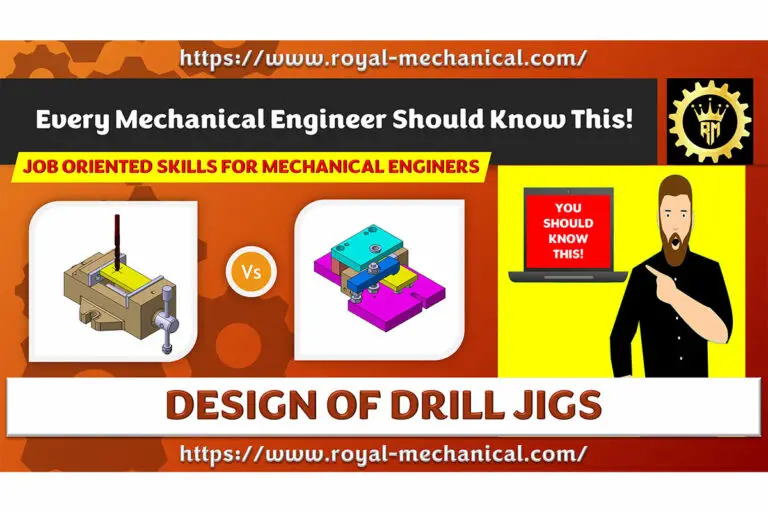
This article is a step-by-step guide to designing a press tool ( a blanking die). Press Tool is also called a Stamping Die. We shall design the Stamping Die for the “Power Screw Support Bracket” of a “Car Scissor Jack.” We shall be designing the Stamping Die for the “Blanking” process. In this article, I shall provide all the design calculations like
- The Force Calculations
- The Tonnage Calculations
- The Thickness Calculations
- The Spring Calculations
Before we start, let’s understand why we should learn Press Tool Design.
Table of Contents
Why should Mechanical Engineers Learn Press Tool Design?
Press Tool Design or Stamping die design is related to manufacturing processes and manufacturing tooling. A mechanical engineer with knowledge of manufacturing processes and manufacturing tooling can for sure become a tool designer. He or she can also become a better product designer. This can be a mini project for mechanical engineering students.
1) The objective of this mini-project
This mini-project aims to design Blanking Die for the “Power Screw Support Bracket” of a “Car Scissor Jack.”
About the Press & Press Tool
1.1) Press:
A Press is a Machine that provides the Force necessary to cut/form the sheet metal workpiece.
1.2) Press Tool:
A “Press Tool” is a “Tool,” which cuts or forms the sheet metal workpiece. “Press Tool” is also called “Stamping Die.” Press Tool is used predominantly in the automotive industry.
2) About Blanking
Blanking is a shearing operation performed on sheet metal. The Blank (Useful Product) is sheared from the Raw Material (Sheet Metal Strip)
2.1) Cutting Clearance
Cutting Clearance: The space/gap between the Punch’s cutting edge and the cutting edge of the die. Proper clearance is very much essential for the shearing to happen.
| Cutting Clearance for Blanking (6% to 8% of sheet metal thickness) |
| Precision Blanking = 6% of sheet metal thickness |
| Ordinary Blanking = 8% of sheet metal thickness |
3) The Design Process
Below mentioned flow chart depicts the design process to design the Blanking Die (Press Tool)
4) Design of Blanking Die (Press Tool)
4.1) Understand Requirements
Below mentioned drawing depicts the part drawing for which the Blanking die (press tool) is designed.
4.1.1) The Part Material
As per the part drawing, the part material is LOW CARBON HIGH STRENGTH COLD ROLLED STEEL AS PER IS 14491 of GRADE: 260Y
As per IS 14491, for LOW CARBON HIGH STRENGTH COLD ROLLED STEEL AS PER IS 14491 of GRADE: 260Y
σy = 260 N/mm2
σt = 350 N/mm2
4.1.2) The Part Material Thickness
As per the part drawing, the part material thickness is 3.15mm.
4.2) Concept Design (Strip Layout Design)
Below mentioned flow chart depicts the design process to design the Strip Layout.
4.2.1) Check Material Availability
Of all the sizes available with the material supplier, below mentioned raw material size is selected.
Length = 2500mm
Width = 1000mm
The Raw material can be slit along its Length or its Width.
Slit along Length Slit Along Width
Slit along Length Slit Along Width
4.2.2) Calculate Punch & Die Dimensions
Calculations – Cutting Clearance, Punch Shape & Die Shape
Cutting Clearance (Considering Ordinary Blanking) = 8% of sheet metal thickness
= 8% x 3.15 mm
= 0.252 mm
Die Opening Dimension = Component Dimension
= 62.5mm x 24mm
Punch Shape Dimension = Component Dimension – (2 * Cutting Clearance)
= (62.5 – (2 x 0.252)) mm x (24 – (2 x 0.252)) mm
= 61.996 mm x 23.496 mm
4.2.3. Calculate the Bridge Dimensions
Feed Bridge is a function of the length of the component.
| Length of the Component, mm | Feed Bridge, mm | Minimum Feed Bridge, mm |
| L ≤ 50 | t | 1.6 |
| 51 ≤ L ≤ 150 | 1.25 t | 2.4 |
| 151 ≤ L ≤ 250 | 1.5 t | 3.2 |
| 251 ≤ L ≤ 400 | 1.75 t | 4.8 |
Calculations – Feed Bridge & Edge Bridge
Feed Bridge = 1.25 * t
= 1.25 * 3.15
= 3.9375 mm
Edge Bridge = 1.2 * 3.9375
= 4.725 mm
Illustration of Feed Bridge Dimensions – Slit along Length
Illustration of Feed Bridge Dimensions – Slit along Width
Illustration of Feed Edge Dimensions – Slit along Length
Illustration of Feed Edge Dimensions – Slit along Width
Featured Online Internship:

